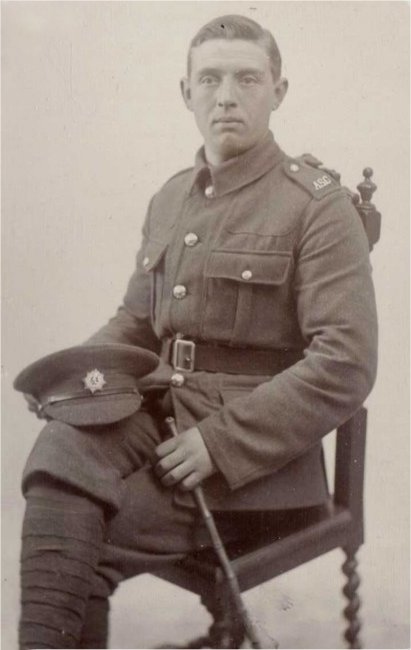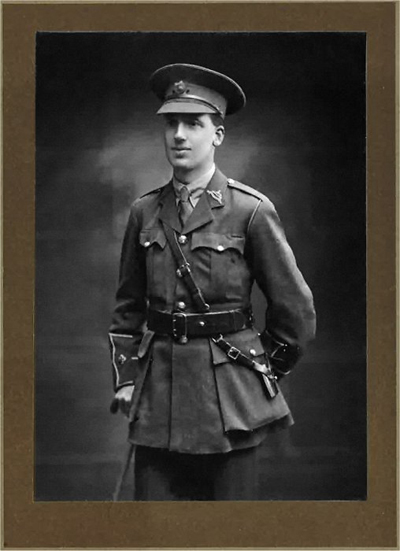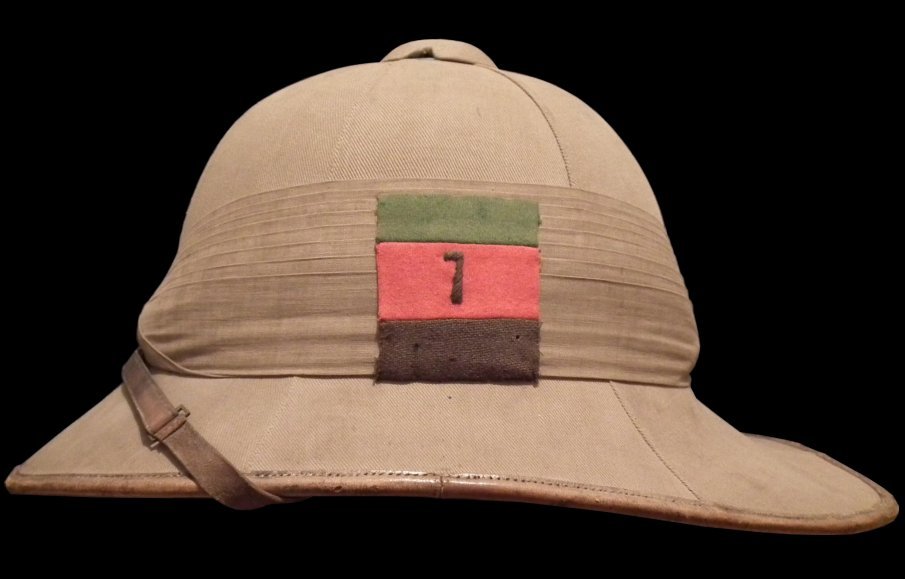 I recently purchased this helmet, from a dealer after seeing it online. The helmet itself is unnamed, but of good private purchase quality, and would have belonged to an officer of the 7th Battalion, The Tank Corps. The helmet would date to the early 1920s when the 7th battalion were sent to India along with the 8th Battalion. Continue reading
I recently purchased this helmet, from a dealer after seeing it online. The helmet itself is unnamed, but of good private purchase quality, and would have belonged to an officer of the 7th Battalion, The Tank Corps. The helmet would date to the early 1920s when the 7th battalion were sent to India along with the 8th Battalion. Continue reading
Author Archives: Benny Bough
A Helmet of the 6th Duke of Connaught’s Own Rifles
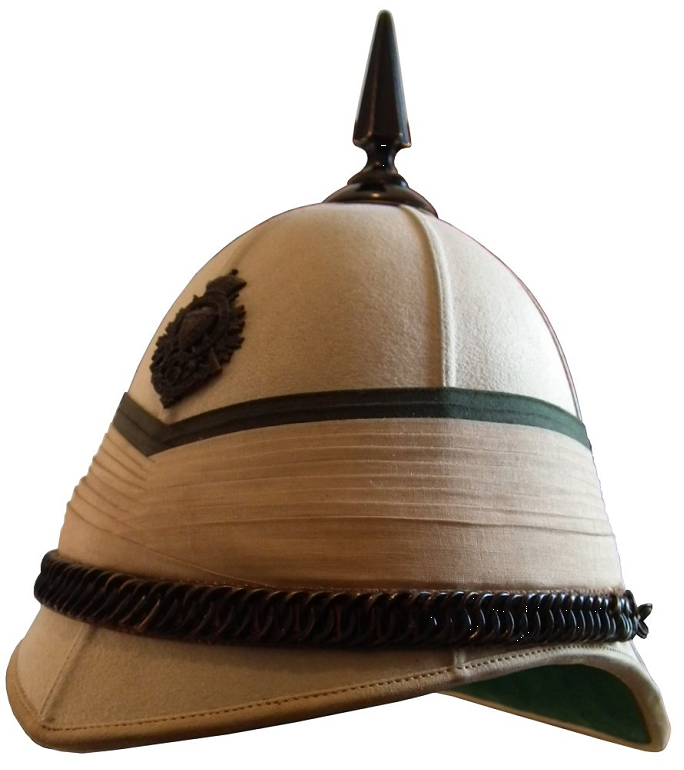 The helmet is attributed to Major James Skitt Matthews, born in 1878 in Wales, and died in 1970 at the age of 92 in Vancouver. James Skitt Matthews was a well known figure around the Vancouver area, and was appointed Vancouver’s first archivist in 1933. He was also a much respected historian of the city and amassed a huge collection of photos relating to Vancouver. In his early life he joined a local militia unit in 1903 and at the outbreak of war in 1914 was transferred to the Regular Army and fought with The Duke of Connaught’s Own Rifles throughout 1916 to 1918 during World War One. His tough no nonsense style made him something of a hero to his men in the trenches. Continue reading
The helmet is attributed to Major James Skitt Matthews, born in 1878 in Wales, and died in 1970 at the age of 92 in Vancouver. James Skitt Matthews was a well known figure around the Vancouver area, and was appointed Vancouver’s first archivist in 1933. He was also a much respected historian of the city and amassed a huge collection of photos relating to Vancouver. In his early life he joined a local militia unit in 1903 and at the outbreak of war in 1914 was transferred to the Regular Army and fought with The Duke of Connaught’s Own Rifles throughout 1916 to 1918 during World War One. His tough no nonsense style made him something of a hero to his men in the trenches. Continue reading
Wolseley Helmet of the A.S.C. East Africa Force
An often overlooked area of conflict during World War One is East Africa. The Wolseley helmet in this article was purchased by me in 2004 from a relative of the owners’ family. Continue reading
A Wolseley of the 10th Lincolnshire Battalion “The Grimsby Chums”
Having recently purchased this Wolseley helmet, I was intrigued as to why it appears to have never been worn. Some initial investigation of the name inside W.D.Wroe, 10th Lincolns, led me to “The Grimsby Chums”, one of the tragically named Territorial “Pals Battalions” so often decimated on the World War One battlefields. Having never been sent to any of the theatres of War in Egypt or Mesopotamia, I wondered why W.D. Wroe would have had a Wolseley Helmet and why it was in such good condition.
Helmet Flashes in the British Army
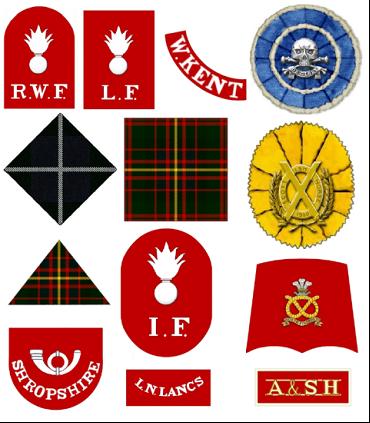
Some of the weird and wonderful shapes of helmet flashes often encountered on Foreign Service Helmets and Slouch Hats.
The British army has long used khaki coloured uniforms for its troops. This goes as far back as the Indian Mutiny and possibly before with some regiments of the East India Company’s army. The introduction and use of khaki into the British army is generally attributed to an army officer named W.S.R. Hodson, who later founded the irregular light cavalry, Hodson’s Horse. Continue reading

